MYELopATHY
Cervical spondylotic myelopathy (CSM) is caused by compression of the spinal cord in the upper spine or cervical stenosis. There are multiple causes of cervical myelopathy. The traumatic, from fracture or injury, chronic pressure due to disc and spur build-up, and then, less commonly, caused by the tumor. The onset of myelopathy is also more common in patients born with a smaller spinal canal.
Unlike conditions that cause pressure on individual nerve roots, this type of damage can result in loss of nerve function anywhere along the spinal cord below the damaged area. The effects of myelopathy can range from mild to severe and can worsen over time.
Myelopathy from Disease or Degeneration
Myelopathy most commonly results from pressure on the spinal cord because of a reduction in the space available for the cord. This can occur from disc herniation, bone spur formation, spinal stenosis, or a thickening of the soft tissues that surround the spinal cord, such as the ligamentum flavum or the posterior longitudinal ligament.
Symptoms
Symptoms may include difficulty walking or maintaining balance, loss of bladder control or other functions, loss of fine motor skills, weakness, numbness, tingling, pain, and paralysis.
Treatment
Treatment options vary depending on the cause of the loss of nerve function. Some conditions that cause myelopathy may be treated successfully with surgery. Medication may be needed to manage chronic pain.
Conditions We Treat
We provide the highest level of expertise for the assessment, diagnosis and treatment of the following degenerative spine conditions.
